When it comes to large, family-hauling Chevy SUVs you probably first think of the sales-king Chevy Tahoe. It’s long been the choice of American families who need it all – space, luxury and tech – however, some of you might know that there is a second 3-row SUV in the Chevy lineup: the Traverse. It’s got a lot of similarities to the Tahoe and is very large as well, so after a redesign, who wins in a 2025 Chevy Tahoe vs. 2025 Chevy Traverse battle?
Pricing and Equipment
So, to start off here, let’s see where they sit when loaded out. The Traverse is technically a mid-size 3-row crossover, and because of that, it carries a more affordable price tag. Even though a new High Country trim is being added for 2025, the loaded model is still the RS, which starts at $57,400. All in, we’re shy of $60 grand fully loaded.
MSRP (RS AWD): $57,400 | Options: $495 | Destination: $1,395 | Total: $59,290
On the flip side, the Tahoe is a full-size 3-row SUV, meaning it has a much higher price tag. All in, we’re looking at a $95,000 price for the loaded trim level. We will be compensating for this price gap later on in the value section, but you’ll see throughout this comparison that these two have more in common than you might expect for their vastly different prices.
MSRP (High Country 4×4): $81,200 | Options: $12,410 | Destination: $1,995 | Total: $95,605
By the way, if you want to get the best price from local dealerships and access to invoice pricing info for these two models or any vehicle, we have a tool on our website to do just that. Click here for more information!
Exterior Design
As expected, when it comes to overall looks, they do share some common elements since they are from the same brand. The High Country Tahoe refreshed its face this year to have a black and chrome design with many intricate details to show you spent the big bucks. Traverse also goes for a blacked-out grille, and it has an overall sportier look than the Tahoe.
Points won’t be awarded for design preference, but we have some lighting differences. They get full LED projector headlights that even have fancy animations and dynamic turn signals. However, only the Tahoe includes LED fog lamps, which are back this year.
Heading to the sides, you might be curious to how much bigger the full-size Tahoe is, and surprisingly, it’s only about 6 inches longer than the Traverse since that model is one of the biggest options in the mid-size class. The Traverse looks smaller due to the design differences, but of course, the biggest thing is the actual cargo and space differences which are coming later in this comparison.
Lengths: Traverse: 204.5-inches | Tahoe: 210.7-inches
Continuing on that trend of big-ness we have mega wheels on both. Traverse includes a large 22-inch alloy and then the Tahoe takes things to the extreme. New this year, it has insanely big 24-inch alloys, which is enough of a difference to score a point.
We’ll talk more about important topic of ride quality later, but for now, know both rear designs are boxy and tough with the Traverse once again having a sportier flare. Features-wise, they have premium animating LED taillights, spoilers, quad-tip exhaust outlets, and the Tahoe hides its rear wiper to keep it from being as exposed to the elements.
While the features are similar, their tow ratings are certainly not. Because the Traverse is based on a unibody platform and the Tahoe on a body-on-frame platform, it tows significantly more. To be exact, its maximum is 47% more than the Traverse which is a huge consideration for those looking to tow often.
Tahoe (6.2L 4WD, Max tow pkge): 8,100 lbs
Traverse (RS AWD): 5,000 lbs.
Additional Features
Now moving past that, both SUVs are loaded with features, like mirrors that heat, fold, automatically dim and include blind spot monitoring.
And as far as all the other safety features, both give you every safety system as standard equipment this year. Both also have GM’s advanced SuperCruise system which allows for hands-free driving. This feature is optional on the High Country Tahoe and standard on the RS Traverse.
BOTH: Warranty: Basic Warranty: 3yr/36k mi | Powertrain: 5yr/60k mi | Comp Main: 1 visit
Anyway, that’s the end of the exterior comparison, so now let’s get to the interior differences.
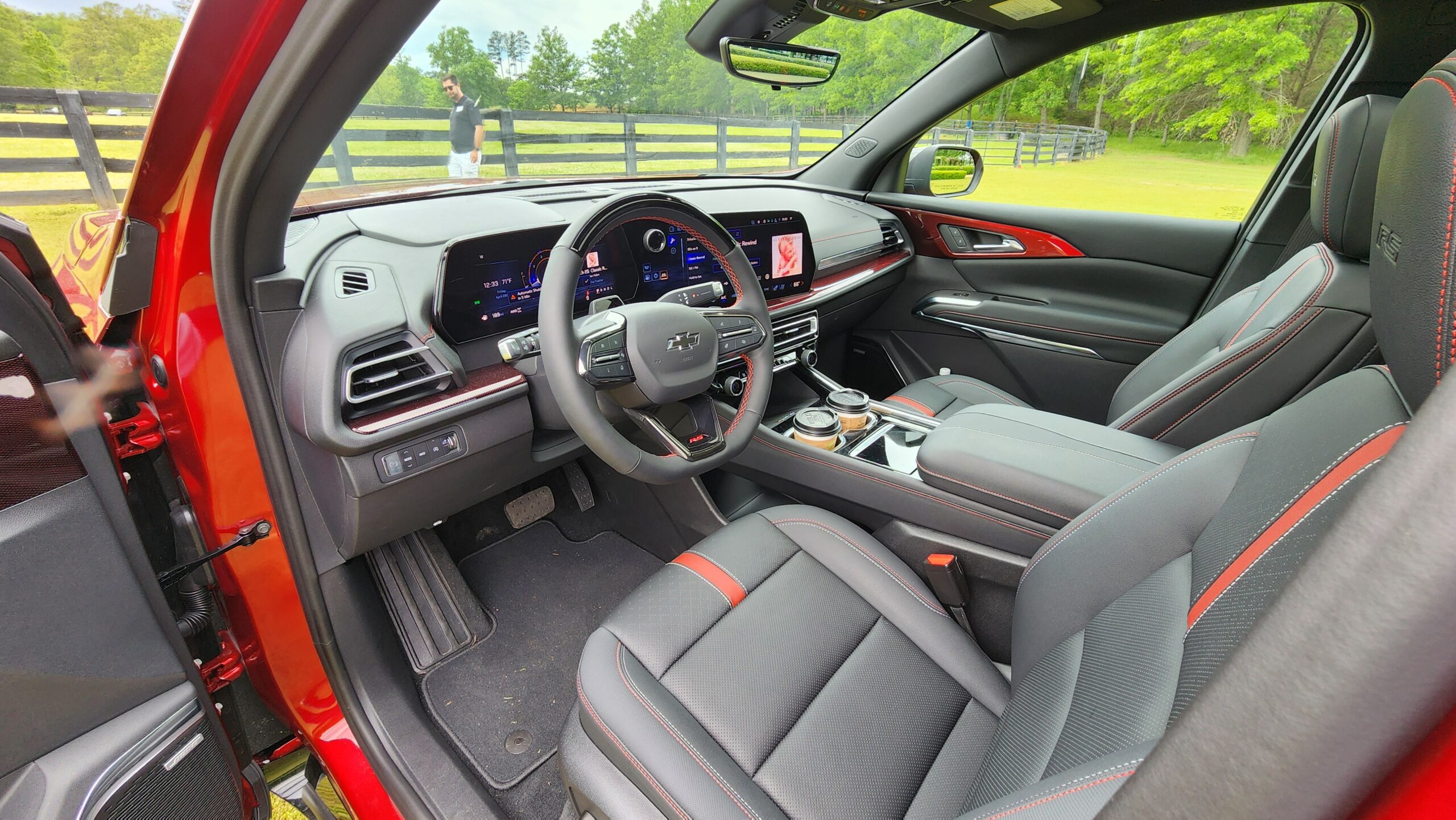
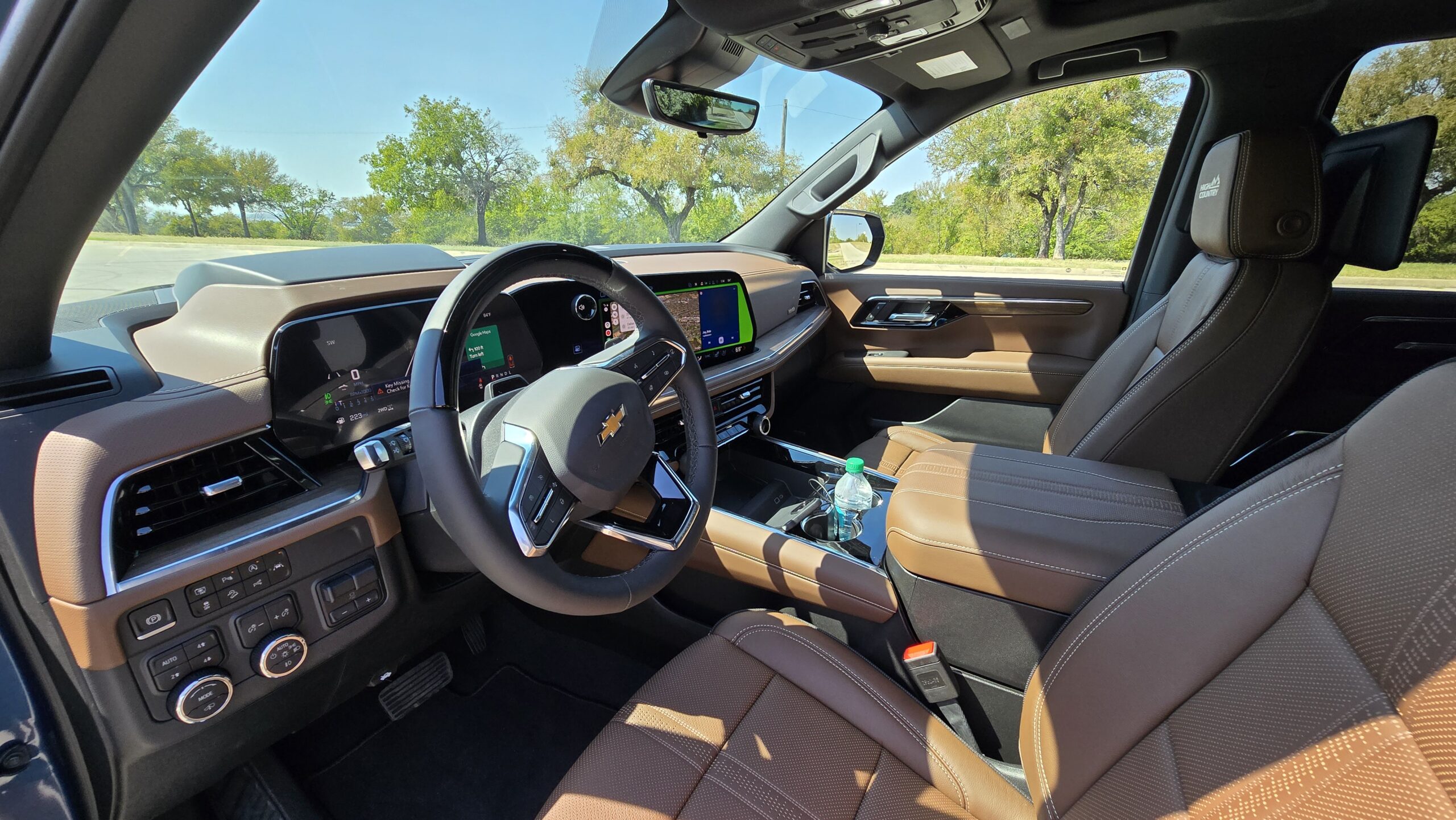
Interior Design
So, walking up the vehicles, both have smart entry systems with built-in remote start. They also have the same key fob design, and neither have sensors behind the door handle to unlock. It’s only the Tahoe, however, that has power deploying running boards since that’s not available on Traverse.
Now checking out the interiors themselves, they have radically different designs. The Tahoe’s exclusive Mocha leather cabin has an upscale look to it, while the Traverse is stuck with a black interior leather color scheme for all trim levels. That means you’ll have more customization options in the Tahoe, and as far as the seats themselves, they are both heated and ventilated with memory functions. Also, note that massage is unavailable on both.
Getting inside and moving to broader interior materials, both are nicely done. However, the Tahoe has more in common with a luxury nameplate due to its big price tag featuring leather coverings on the dash, real wood accents, and stitching patterns that break up the space. While Traverse is nice enough, it is definitely missing a sense of specialness of the higher-priced Tahoe.
Now after startup, you will find full digital gauge clusters on both. As a matter of fact, it is the same 11-inch digital cluster on both, but only the Tahoe has a 15-inch head up display.
That’s something not offered at all on Traverse, and moving back both have heated, leather wrapped steering wheels with power adjustment.
Storage and Technology
Now the next major area to evaluate is interior storage, where both of them are impressive and will fit your family’s needs. Looking at the center console and storage areas in the front, the Tahoe’s is a bit larger than Traverse. That being said, it lacks the floating console that Traverse has.
We’re not done yet, though, as it’s only the Tahoe that includes a sliding console for extra secret storage and security when the vehicle is turned off.
Now the reason both are offering so much space is because they’ve moved to a new column-mounted electronic shifter. When in reverse, they include multi-view 360-degree camera systems surprisingly standard on all trim levels.
For climate, both have 3-zone automatic setups and have the same physical knobs to control important functions like temperature.
Both also have knobs to control their Bose audio systems, so let’s sample them. These are 10-speaker systems which are bass-rich and have decent audio quality.
Tahoe: 10-speaker Bose Centerpointe Premium audio
Traverse: 10-speaker Bose Premium audio
Now moving on to the screens, you’ll see these two look a lot alike. Well, that’s because these two actually have the same gigantic 17.7-inch display standard on all trim levels. That’s definitely a good thing since performance is impressive, they have wireless Android Auto and Apple CarPlay, and even Google built in. That allows for things like Google maps to be natively in the system which is a lot better than most rival systems.
Finally, ending the front areas, both have rear camera mirror systems and large power panoramic moonroofs.
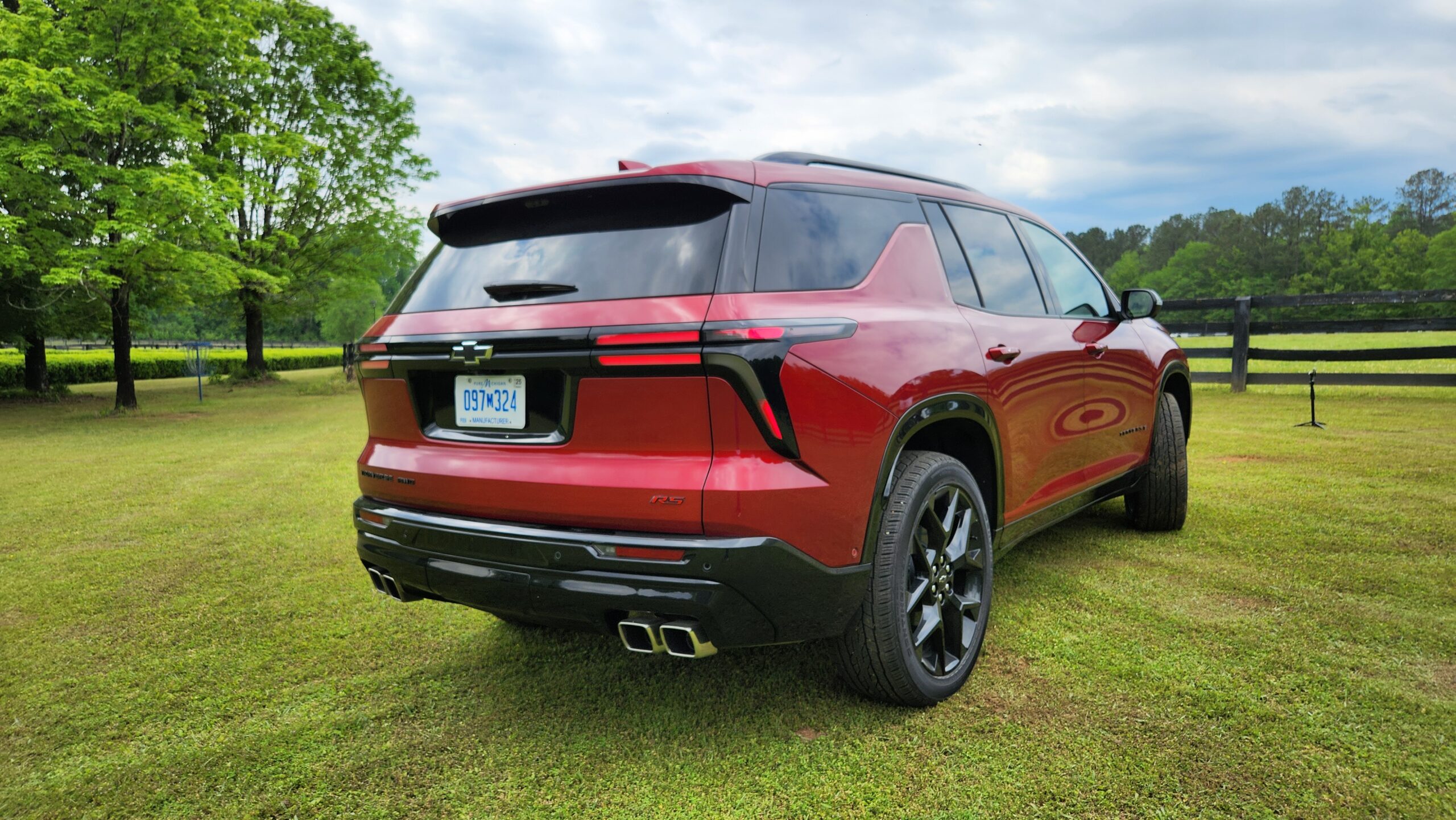
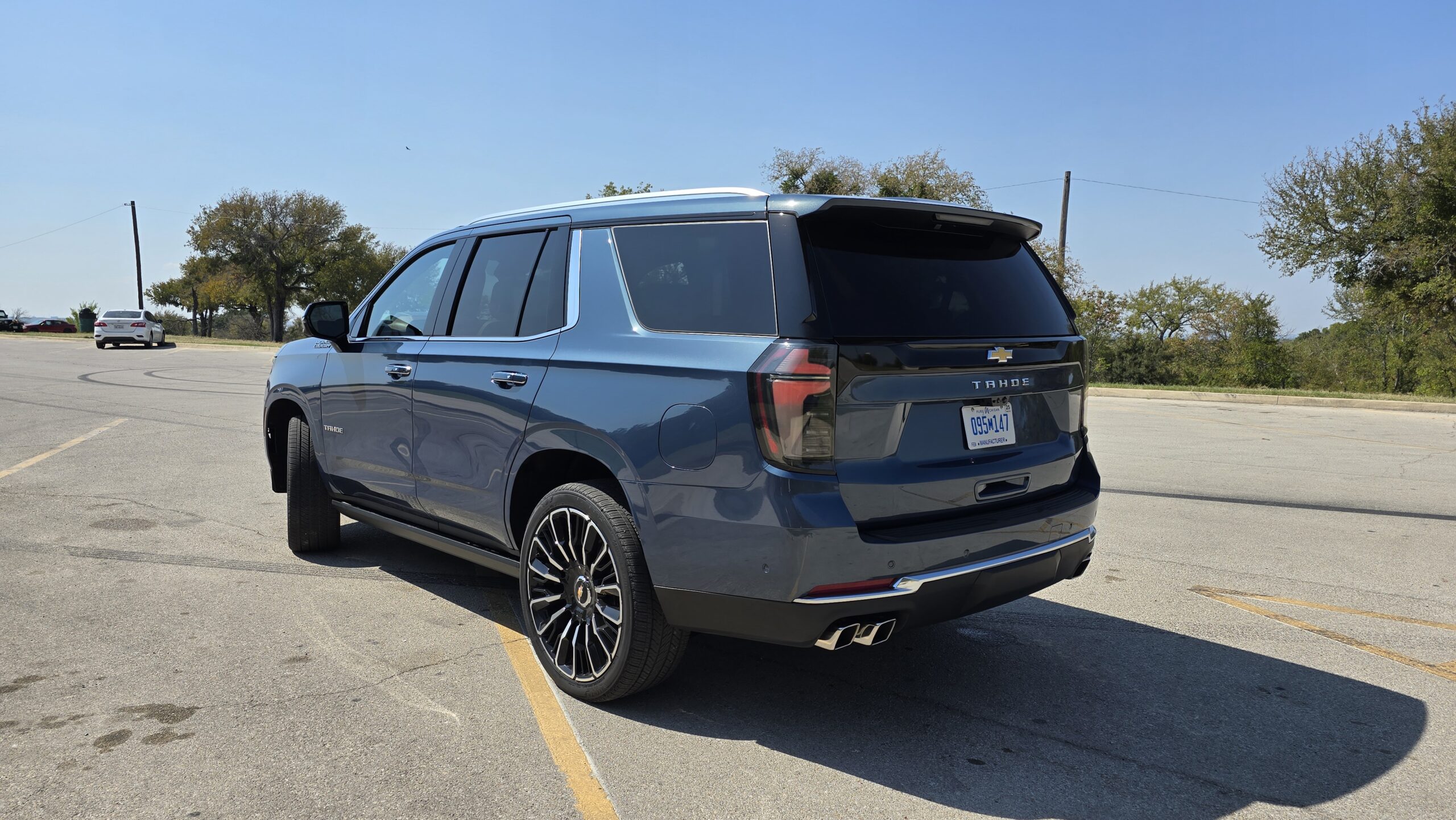
Rear Seats and Cargo
Now so far in this comparison you’ve seen that these two have more similarities than you might expect. And that’s surprisingly going to continue when it comes to rear space. The Tahoe has the slight legroom advantage, but it’s actually the Traverse with a premium on headroom. However, neither are more than the 5% difference required to score a point.
Tahoe: 42.0-inches of legroom | 38.9-inches of headroom
Traverse: 41.5-inches of legroom | 39.9-inches of headroom
The features are also largely the same, both having their own climate controls, heated rear seats, USB ports and household outlets. Ventilated back seats are not offered. Really the only difference is that the Tahoe includes rear seat entertainment as equipped. That gives you these large dual screens for keeping the kids entertained.
Moving on to the next row of seats, we see more significant differences. First, for seat folding, it’s the Traverse with the advantage since it tilts and slides with one press which allows you to leave a child seat installed. Tahoe’s folding is more complicated and you would need to remove a child seat.
Moving past that, both have some of the best third rows in the business, but the Tahoe comes in with an 8% legroom advantage over Traverse.
Tahoe: 34.9 inches of legroom | 38.2 inches of headroom
Traverse: 32.1 inches of legroom | 38.2 inches of headroom
Headroom is identical and thigh support is good even for adults. Features are also competitive with vents, USBs and cupholders.
But you’re watching this comparison because you need a lot of space, so just how much do they include in the cargo areas? Well, just like the third rows, you’ll find that while the Traverse is the best in its segment, it’s not quite as large as the king Tahoe. Behind all 3 seating configurations the Tahoe has about a 20% advantage. Again, the Traverse is still huge so make sure to consider just how much space you truly need.
Tahoe: Behind 3rd row: 25.5 cubic feet | Behind 2nd row: 72.6 cubic feet | Max: 122.7 cubic feet
Traverse: Behind the 3rd row: 22.9 cu.ft | 2nd row: 56.6 cu.ft | Max: 97.6 cu.ft
Features-wise, they have auto-opening power tailgates, power folding third rows, spare tires, and buttons to fold the second row from the cargo area. However, it’s only the Tahoe that allows you to pop the rear glass independent of the tailgate.
But it’s still a very tight race, so now let’s take them out on the road and see if Tahoe has the Traverse beat!
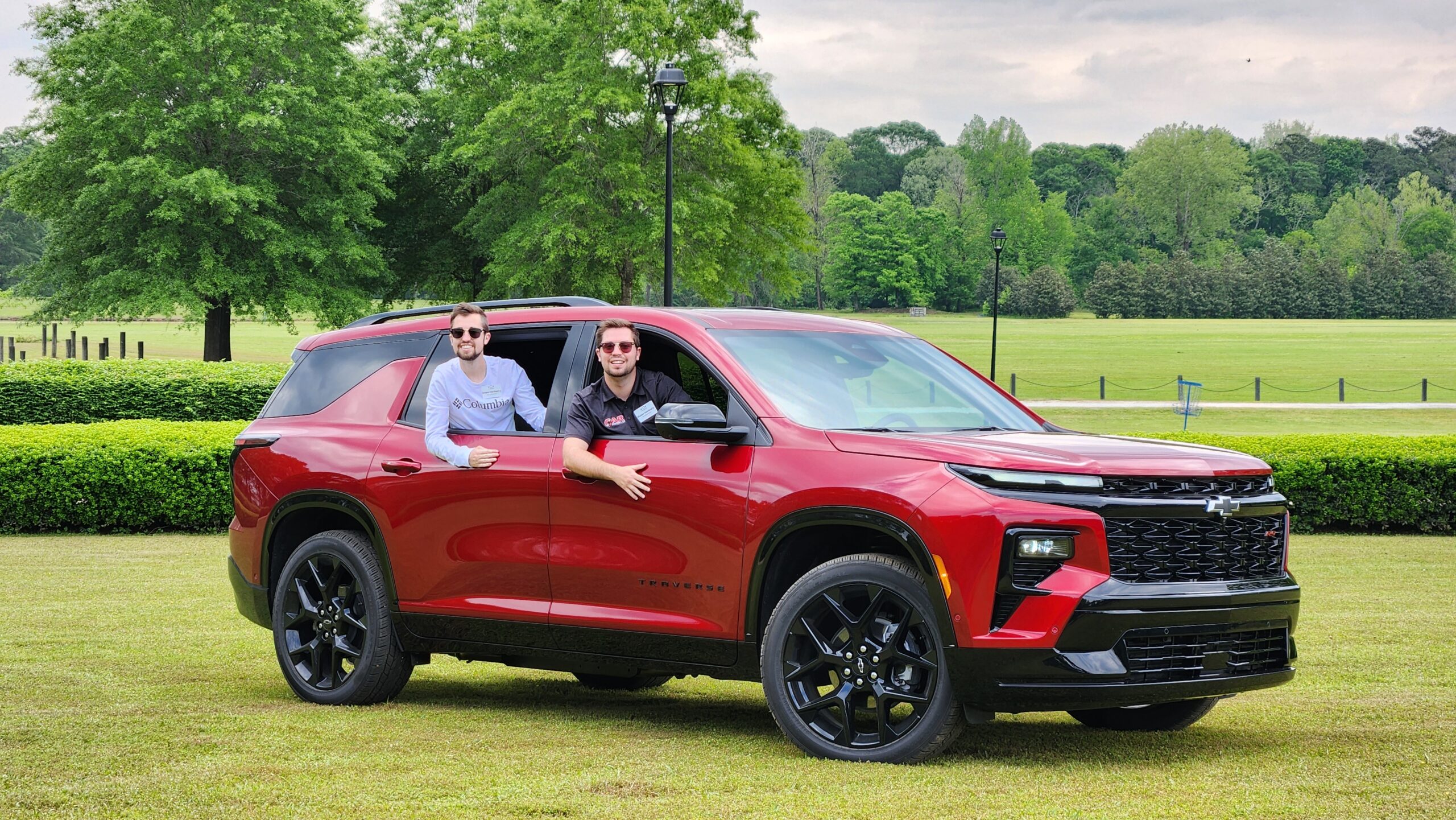
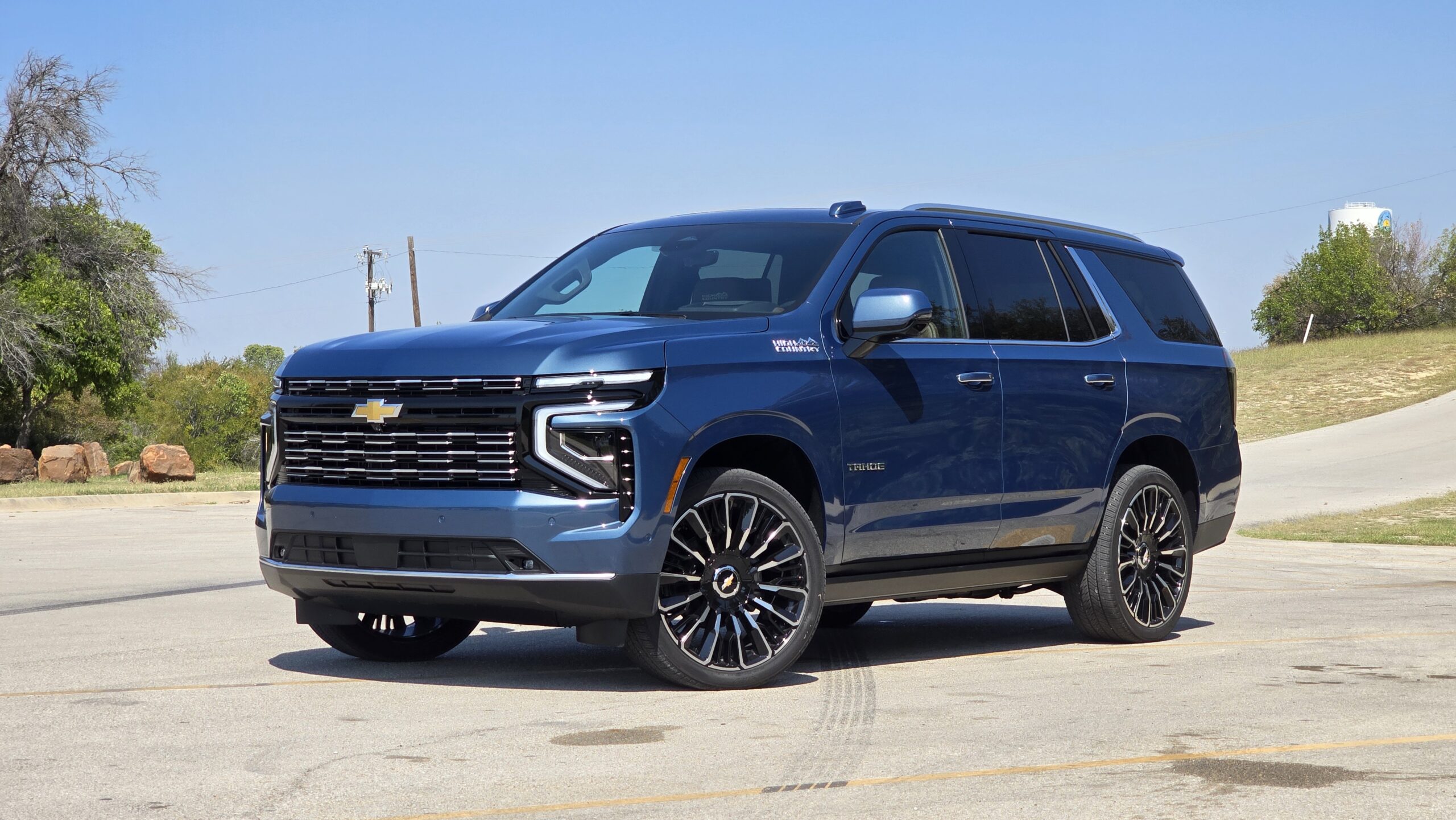
Powertrains
So, in order to give you that more affordable price tag, there have to be some sacrifices and one of those places is under the hood of the Traverse. While the Tahoe stays with the tried and true 6.2L naturally aspirated V-8, making 420 hp as equipped, the Traverse has half the cylinders and is now using a turbocharged 4-cylinder. It still makes great power numbers at 328 horsepower, but it is definitely a downgrade in acceleration and overall experience.
Tahoe (as equipped): 6.2L V-8; 420 hp; 460 lb. ft.
Traverse: 2.5L Turbo I-4: 328 hp | 326 lb.ft
As far as the transmissions are concerned, the Tahoe has a 10-speed automatic and the Traverse an 8-speed. Overall performance is good on both and power is routed to the ground via all 4 wheels.
Test Drive and Fuel Economy
But perhaps as important as power, is ride quality. The Tahoe, with its higher price tag, affords it a couple advantages over the Traverse. It has magnetic ride control, aka adaptive dampers, and a full air suspension. Surprisingly, even with those massive 24-inch wheels, the Tahoe’s ride is still smoother and more controlled than the Traverse which lets in some sharp intrusion from its also-large 22-inch wheel setup.
And as far as sound isolation, here at Car Confections we test every car we review at 55MPH to see how quiet they are. Both come in at good figures, although we can’t officially score them due to both figures being tested on out-of-state media drives. Here are their figures for your reference and they are very close to one another.
Tahoe: 57.2 dB @ 55 MPH
Traverse: 57.7 dB @ 55 MPH
Finally, when it comes to fuel economy, as expected, the Traverse takes the lead. While neither have exceptional fuel economy, it still gets 5 MPG better combined which will certainly save you on fuel over the lifetime of the vehicle.
TAH 4WD: 14/18/16 MPG
Traverse AWD: 19/24/21 MPG
Resale and Reliability
Alright, so now it’s time to evaluate the big price between these two Chevy SUVs to see if its worth the premium. The Tahoe comes in a whopping $36,315 more expensive which according to our average price scale will give the Traverse a quarter point per thousand dollars.
I want to emphasize that if money, reliability or resale value matter less to you personally, feel free to disregard these points. And if you’d like to check out all our data about reliability and resale values, as well as learn about our methodology, make sure to head to www.carconfections.com/resale and www.carconfections.com/reliability. Buying a car is a big decision, and this is a great place to compare all the makes you might be cross-shopping.
2025 chevy tahoe vs. 2025 chevy traverse Winner!
So that’s it for another exciting comparison, between these two big Chevy SUVs! Let’s quickly recap here and discuss who should be “your” personal winner.
Traverse:
- Best value (SIGNIFICANTLY cheaper)
- Sporty exterior look
- Better MPG
Tahoe:
- More luxury on the inside
- Significantly bigger cargo capacity
- Towing ability
- Drive experience (V8 engine, air suspension w/magnetic ride)
Now we want to know your opinions, so make sure to head to the comment section and let us know which one you would pick!
Thanks for joining us for another Car Confections Comparison! We’ll catch you next time as we sample the latest automotive delicacies!
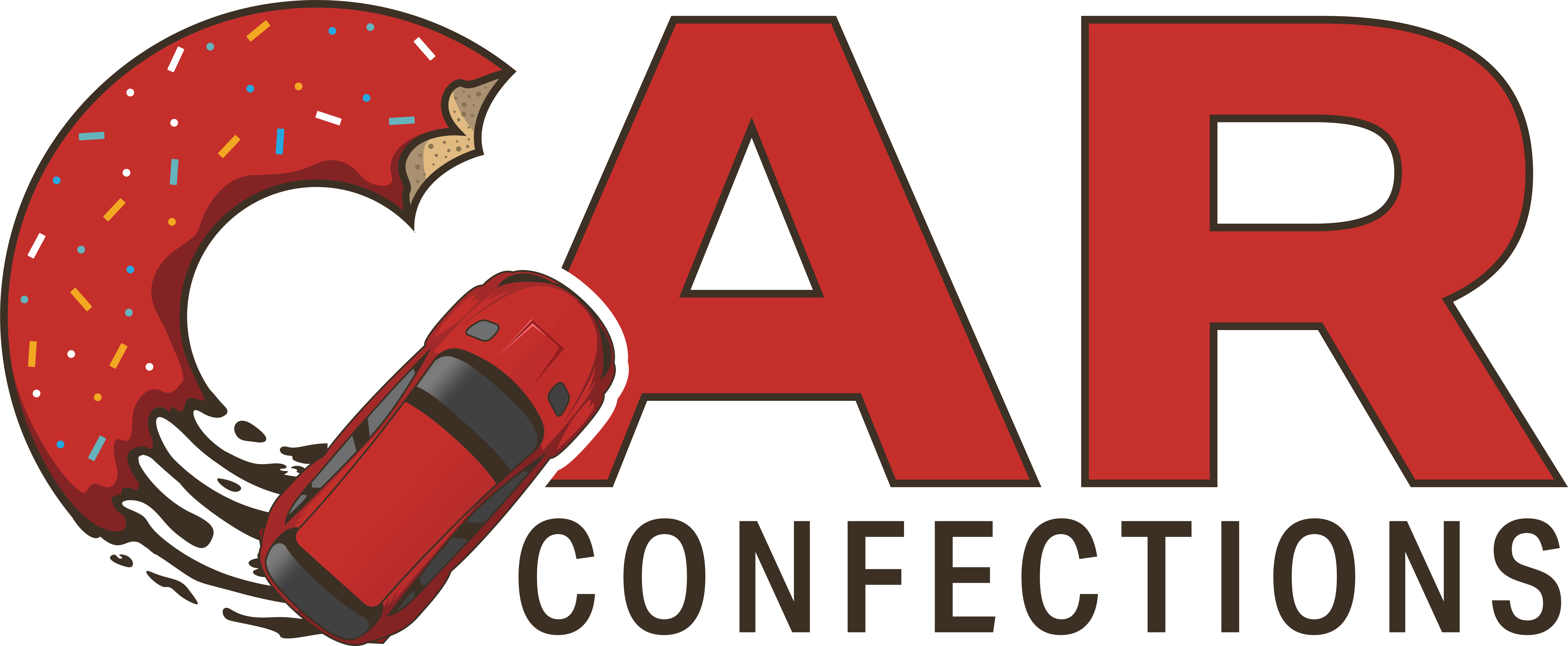
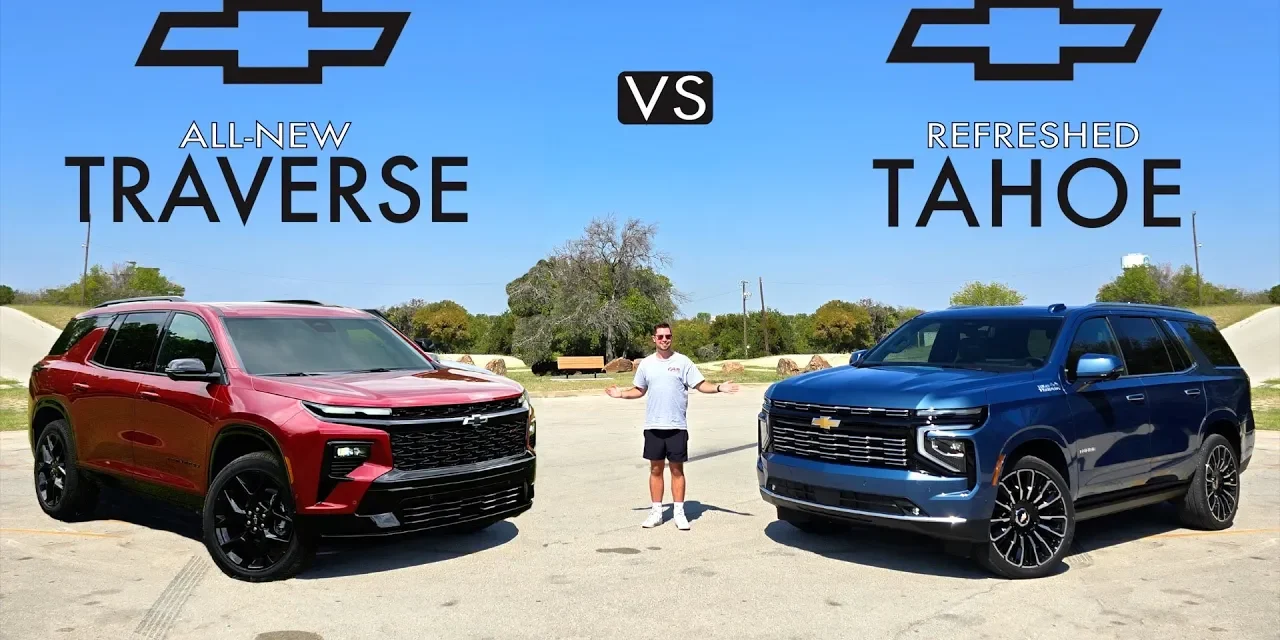
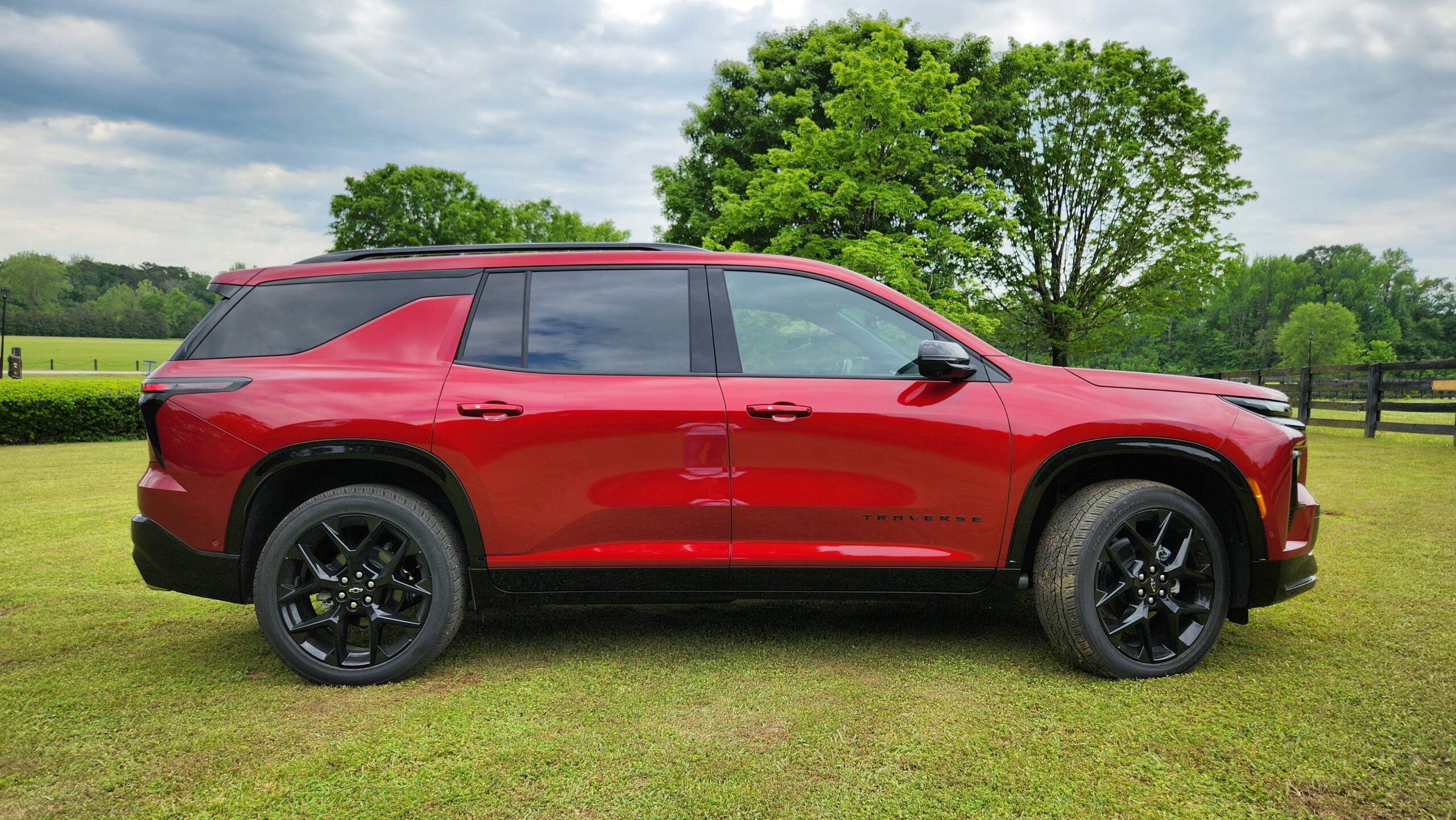
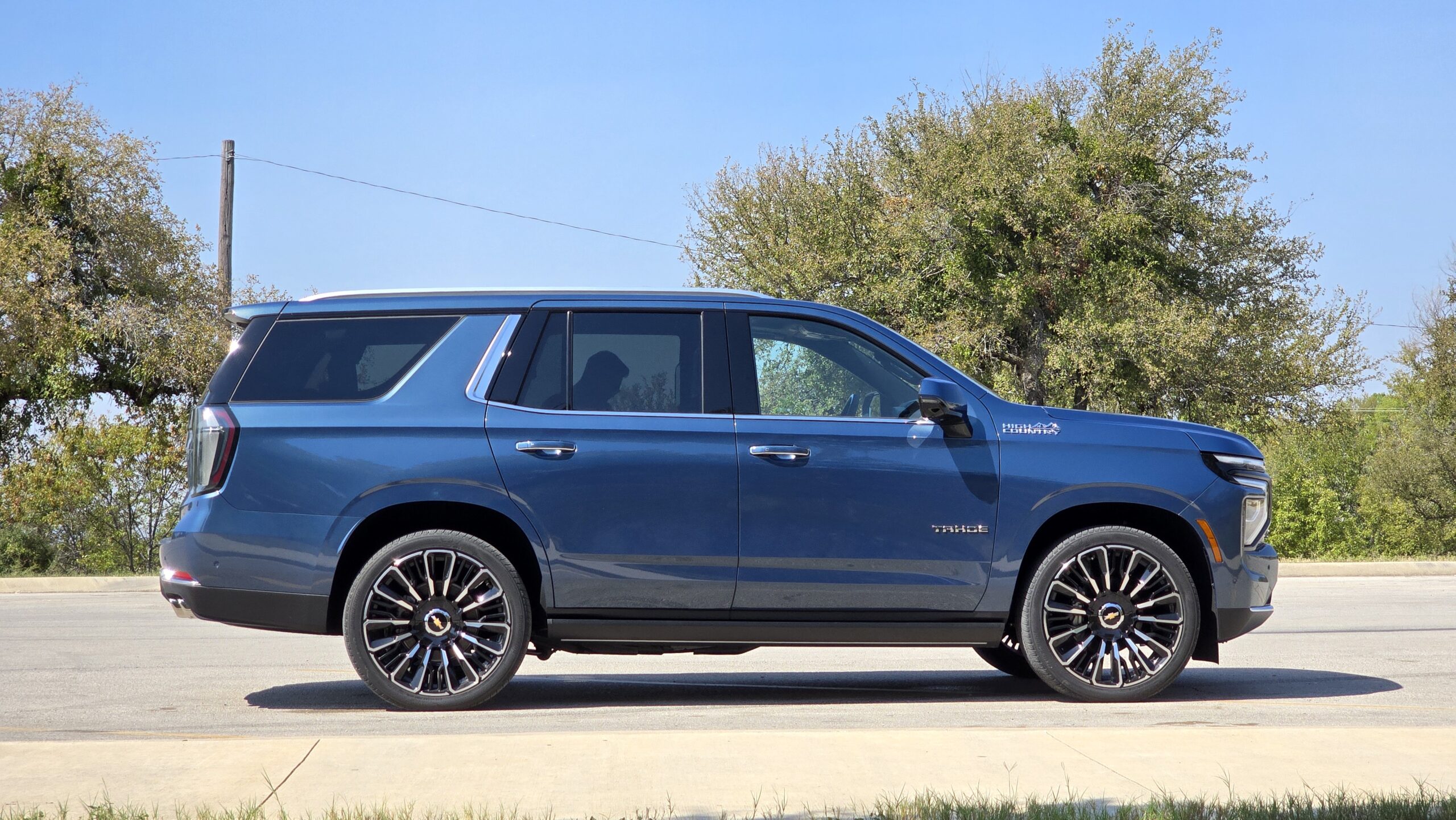
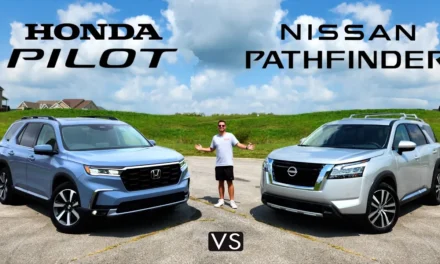


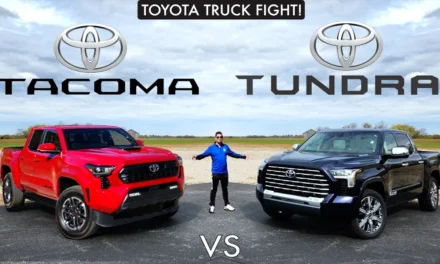

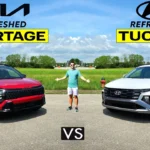


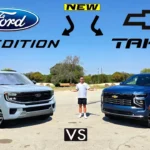

Recent Comments